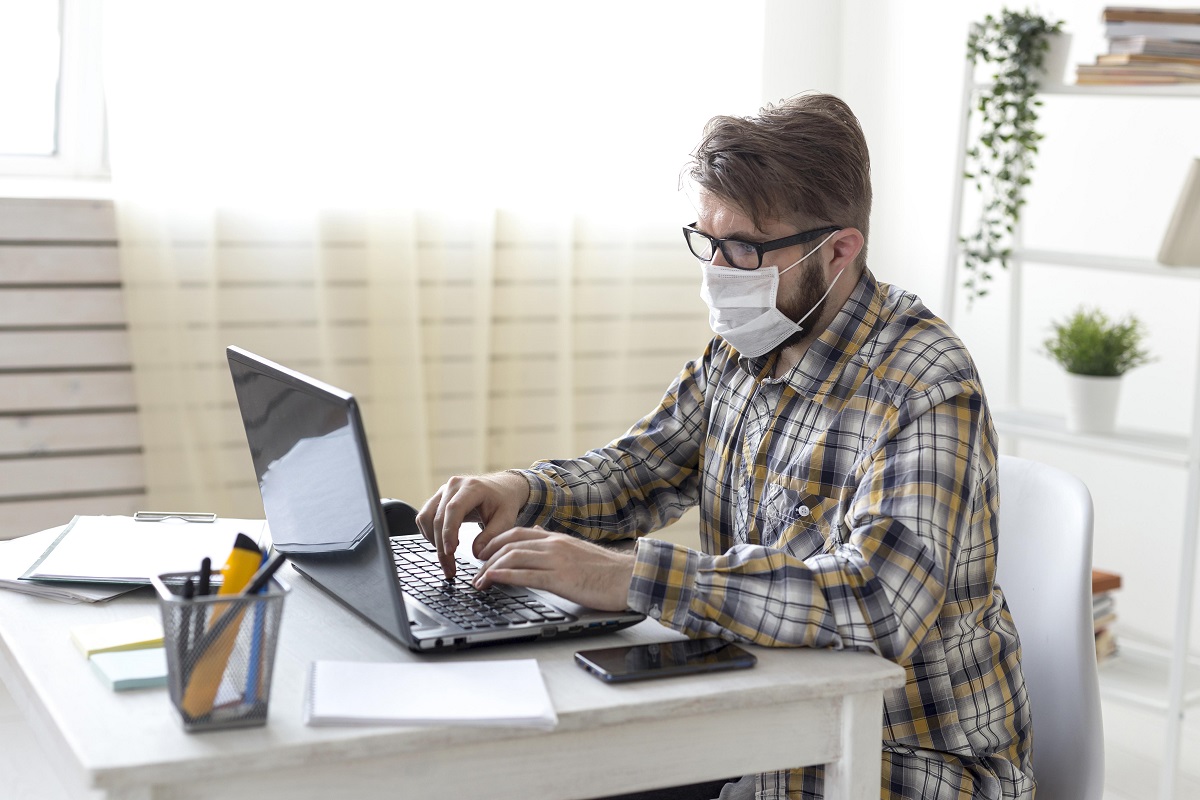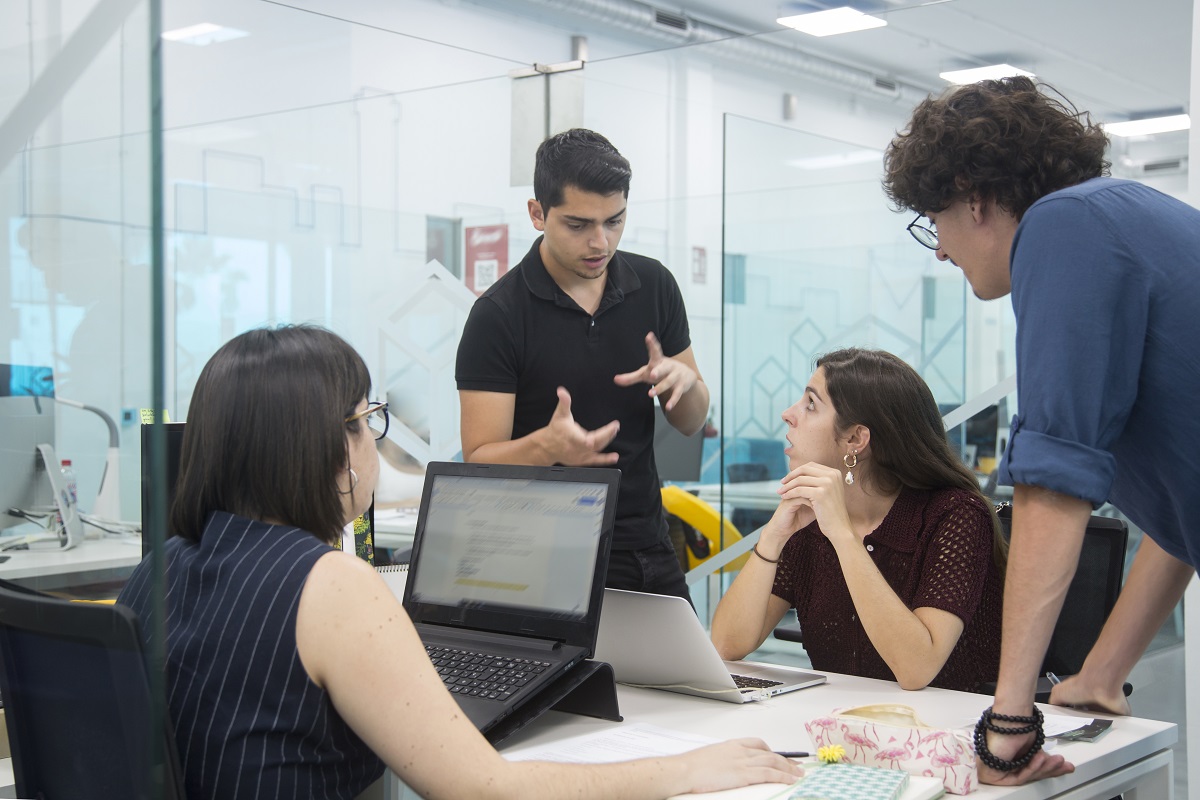What are some good tips for remote working?
- Find A Perfect Location
- Over-Communicate
- Be Equipped with the Right Tools
- Find A Routine That Works For You
Remote working has been more prevalent during the past few years, more so now, that the COVID-19 pandemic has made it a great option for employees to stay safe and secure. If you’re new to remote working, it can impose a few challenges. It is completely different from the way you work on your 9-5. But, don’t worry, we’ve got some of the best practices for you. We’ve curated a complete guide on how to work remotely for beginners! This will make your transition as seamless and comfortable as possible. You’re bound to nail the remote working life before you know it.
Find A Perfect Location

Now that you are not working in an office setting, you have all the freedom to choose where you’re going to work. Location matters more than you think. It is one of the essential keys to succeeding in working remotely. So, make sure to choose it wisely.
If you opt to work from home, there are some adjustments you need to make. It can be challenging to make yourself actively and productively work as there are so many distractions around and it is so easy to be comfortable. Make sure that you allocate a separate area for exclusively doing work. If you don’t have a separate room to use as an office, choose a corner or a space that is quiet, not distracting, and well-lit.
Or, it’s best to just choose a co-working space instead. By doing this, you are solidifying a place to be in “work mode” which can increase your productivity.
Over-Communicate
We all know that communication is essential in the professional environment. While in a typical office situation, your co-workers are just a tap away, on a remote work setup, you no longer have this luxury. Because of this, it is even more important to communicate to ensure that everyone is on the same page and there are no misunderstandings. If you have any questions, make sure to clarify and double-check, and never hesitate to ask for help when you need it.
Be Equipped with the Right Tools

As a remote worker, your job will depend on your tools, specifically, technology. Ensure that you are equipped with everything you need. Make sure you have all the platforms and software downloaded for your job. Apart from this, make sure you have a reliable device and Wi-Fi connection. Other great investments to have while working remotely are noise-canceling headphones, a place to co-work in, a mouse, or maybe even a second screen. Trust us, these will all be integral to productivity and proficiency.
Find A Routine That Works for You
One of the top things employees love about working remotely is flexibility. You are given more time and freedom. However, for people who are so used to a routine, it can be fairly challenging. But it’s all about maximizing and using the time wisely.
Key Takeaway
Remote working has definitely been beneficial for everyone, especially during these times. However, if you’re new to the setup, it can take some time to get used to. But it doesn’t have to be as challenging. This guide on how to work remotely for beginners has all the best practices you need to nail your remote working life. Looking for a place to remote work? Click here to see how Workplays can help you!



















